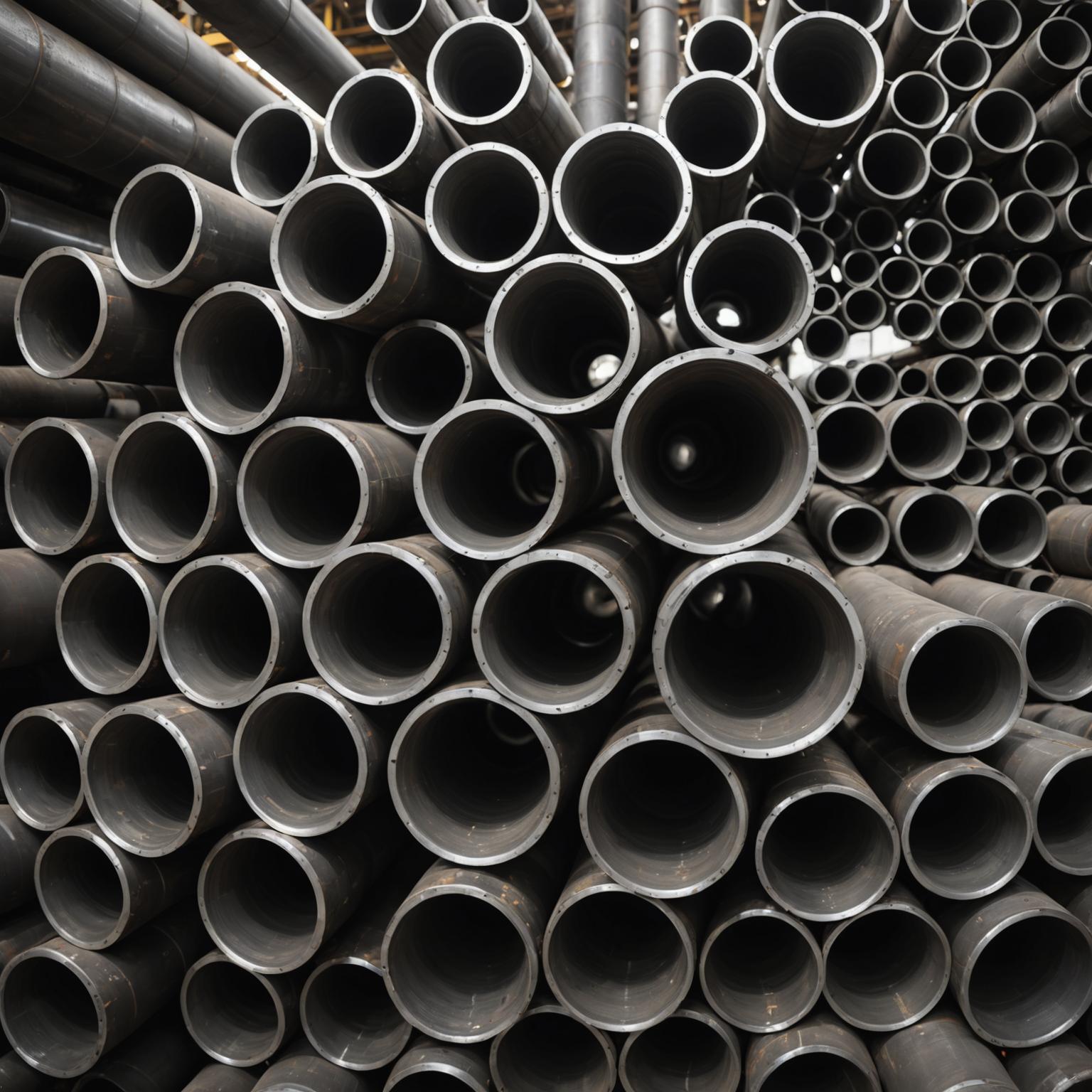Introduction: Corrosion Resistance in Stainless Steel Tubing

Corrosion resistance is a critical factor when selecting materials for industrial applications, especially stainless steel pipe. The durability and dependability of stainless steel make it a go-to solution for environments with exposure to moisture, chemicals, or fluctuating temperatures. However, not all stainless steel is created equal. Two specific grades — 304 and 316 stainless steel — often spark debates over their relative advantages. In this article, we delve into the comparison of these two materials and determine which is more corrosion resistant and suitable for various industrial purposes.
304 vs. 316: Material Composition
The primary difference between 304 and 316 stainless steel lies in their chemical composition. Grade 304 is composed of 18% chromium and 8% nickel, which accounts for its strength and basic corrosion resistance. On the other hand, Grade 316 includes a similar amount of chromium but features an added 2-3% molybdenum. This molybdenum significantly enhances the corrosion resistance of 316 stainless steel, particularly against chlorides and saltwater environments.
Why does molybdenum make such a difference? When stainless steel is exposed to corrosive substances, molybdenum acts as an extra layer of protection against pitting and crevice corrosion. This sets 316 apart as the material of choice for challenging environments, such as those faced in marine applications and chemical processing plants.
Strength and Versatility: A Practical Perspective
In terms of mechanical properties, both grades showcase impressive strength, but 316 provides enhanced durability under specific conditions. For general-purpose applications like home appliances, architectural frameworks, or plumbing systems that aren't exposed to extreme elements, 304 stainless steel often suffices. Its affordability and reliable performance make it a common choice for low-risk environments.
Conversely, precision-engineered industrial-grade tubing that requires higher resilience typically opts for 316 stainless steel to safeguard against environmental impacts. Hydraulic systems or aerospace components benefit from this specific grade due to its ability to maintain structural integrity under stress while resisting corrosion caused by fluids or chemical exposure. Additionally, the smooth internal surfaces of these stainless steel pipes facilitate efficient fluid dynamics, proving crucial in applications where performance directly correlates with operational efficiency.
Corrosion Resistance Comparison: Real-World Scenarios
Stainless steel pipe applications often involve prolonged exposure to environmental stressors, making corrosion resistance a decisive factor. In scenarios where materials encounter limited exposure to corrosive agents, 304 stainless steel generally performs adequately. For example, a stainless steel pipe used in water systems within buildings may experience minimal wear and tear over time.
However, as the concentration of chlorides increases—as is the case in chemical processing facilities or regions close to saltwater bodies—304 stainless steel may struggle to maintain its structural integrity. This is where 316 stainless steel excels, resisting corrosion and pitting in extreme conditions. Its molybdenum component ensures longevity, reducing maintenance and replacement costs for industries that demand operational consistency.
Cost and Sustainability: Value Over Price
Affordability often tilts the scale in favor of 304 stainless steel. As a widely available material, it provides excellent value-for-money options for companies operating on tight budgets. However, it is essential to put cost into perspective by considering maintenance and lifecycle expenses. In environments where corrosion accelerates deterioration, investing in 316 stainless steel can result in long-term savings.
Moreover, both grades boast eco-friendly characteristics with stainless steel being fully recyclable. This makes them indispensable for industries embracing sustainable manufacturing and construction practices. Choosing 316 stainless steel for applications exposed to harsher elements demonstrates a commitment to proactive investments, ensuring reduced waste and enhanced durability.
Conclusion: Which is the Better Choice?
When determining which stainless steel grade aligns with specific needs, the question 'Which is more corrosion resistant?' takes center stage. Grade 304 emerges as an excellent all-rounder for applications where cost-efficiency and moderate durability suffice, while 316 stainless steel triumphs in scenarios demanding exceptional resistance to chlorides and chemical exposures. Precision-engineered industrial-grade stainless steel tubing, designed to meet international performance standards, thrives on either grade depending on the environment—whether indoors with limited corrosive exposure or in harsher, open-air conditions.
Choosing between 304 and 316 stainless steel depends on the project's demands and variables such as the likelihood of corrosion, budgetary constraints, and lifecycle considerations. Both materials play critical roles in empowering industries from energy production to automotive engineering, exemplifying strength, precision, and sustainability. Whether you opt for 304 or 316, stainless steel pipe remains a symbol of innovative craftsmanship where engineering meets artistry.







